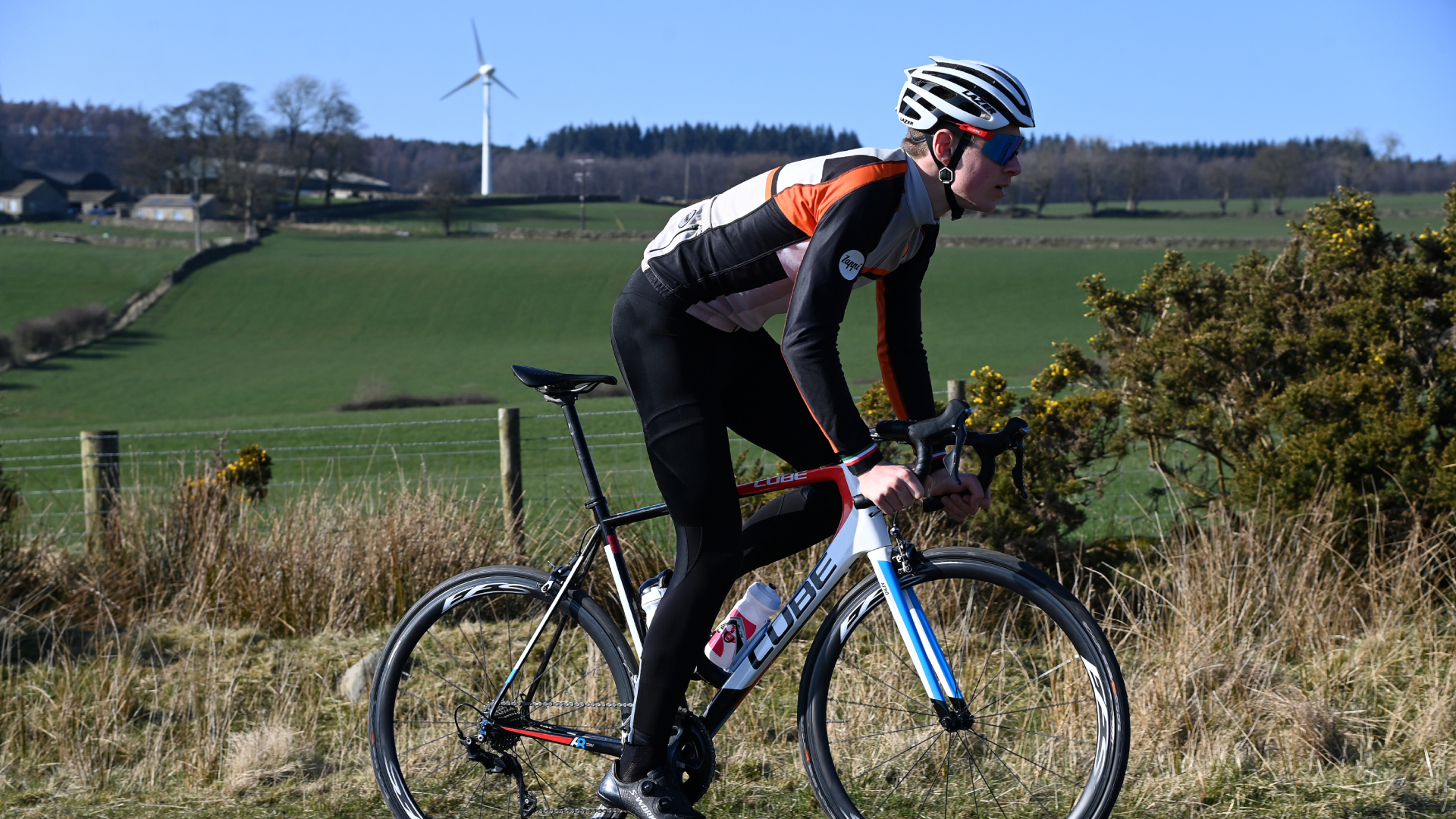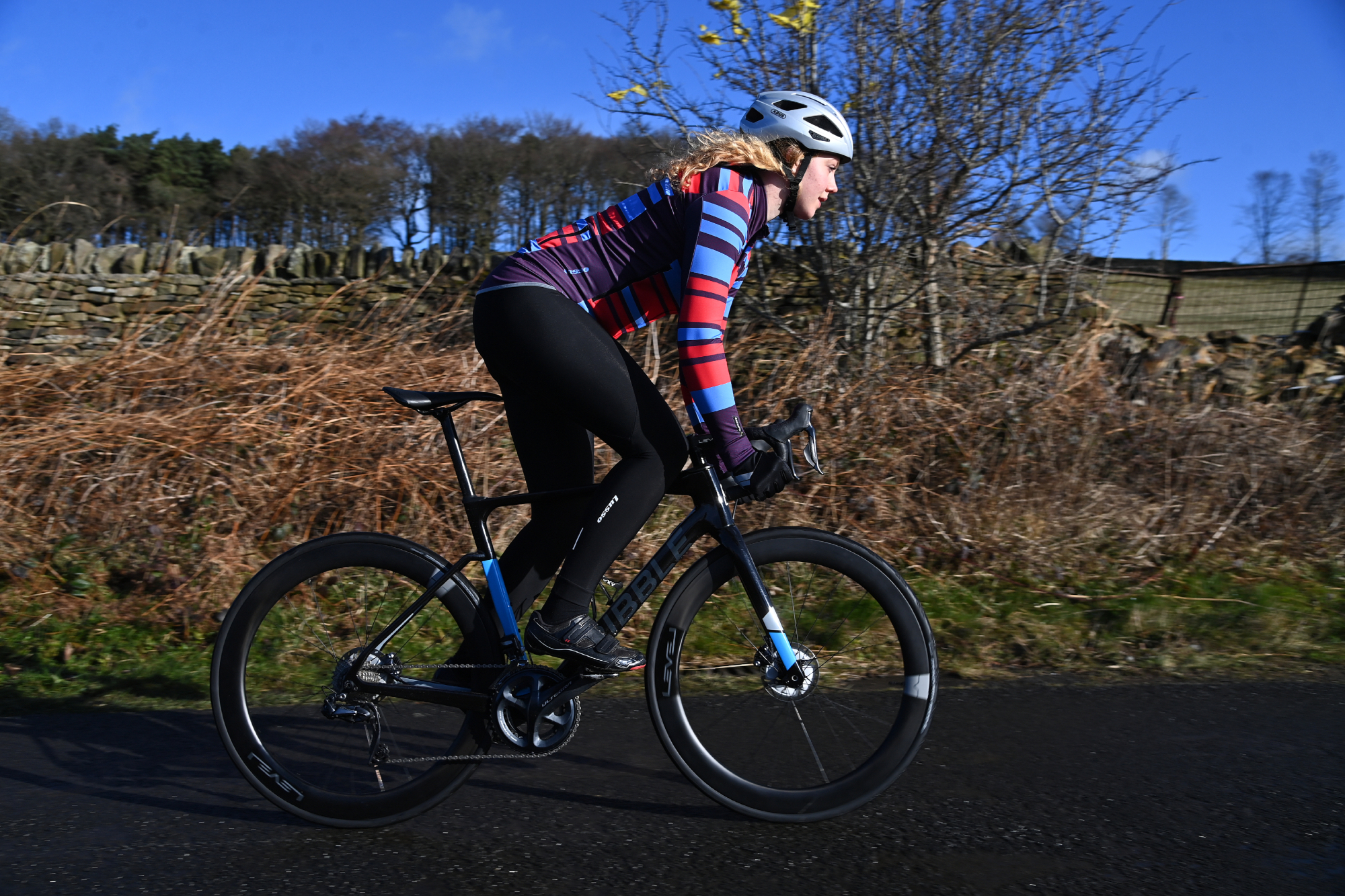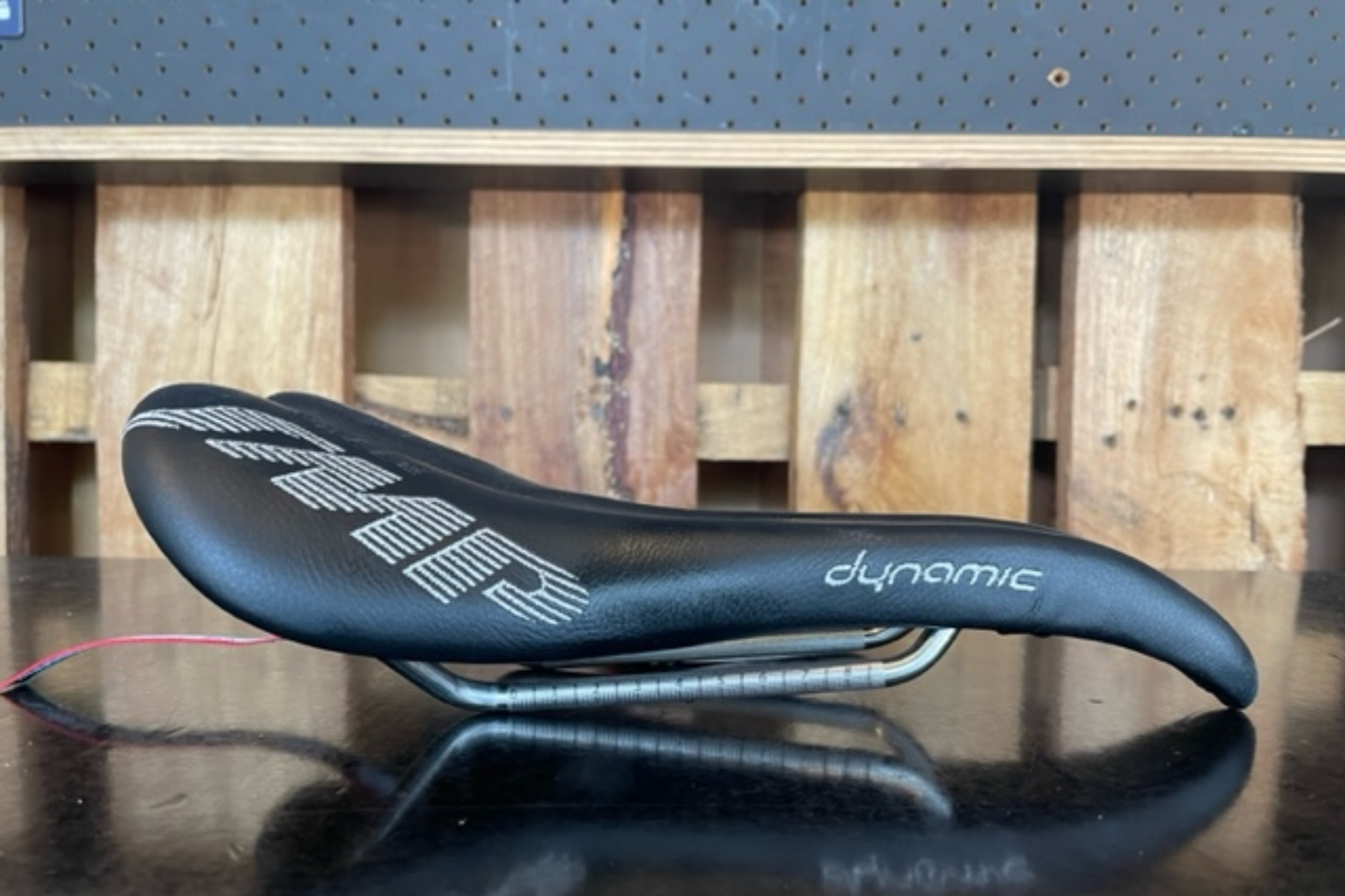Should you tilt your saddle? Here’s how to find the correct saddle angle for you
An inappropriate saddle tilt causes knock on effects, including back pain, knee pain, neck pain and wrist pain - so it's well worth getting right

The saddle can prove to be a major area of grief for a lot of cyclists, whether that be pain, pressure, numbness, sores or chafing. Often riders are quick to blame the saddle for their discomfort, where it is often not the saddle, but the saddle position that is the issue, which includes saddle tilt.
An inappropriate saddle tilt can not only cause issues at the point of contact with the saddle, but also back pain, knee pain, neck pain and hand pain.
Looking at saddle tilt is one of the best ways to make your bike more comfortable. But if you are yet to find your saddle soulmate, first check out our guide on how to choose a bike saddle that's right for you.
Should my saddle be flat, nose up or nose down?
There are very few occasions where a saddle should be tilted nose up, in fact almost never. A saddle tilted nose up will tend to put the pelvis in a posteriorly or backward rotated position as the nose stops the pelvis from rolling forward. This will result in increased spinal flexion and possibly lower back pain, and over-reaching for the handlebars, resulting in neck and shoulder pain. The glutes will not be at their ideal point on the length-tension curve, which can result in inhibition or poor recruitment. It can also cause perineal pain and numbness due to increased pressure at the front.
Among the best bike saddles, some are designed to be ridden with more of a downward tilt than others. A saddle with a wave-shape in the horizontal plane - or kick up at the back - can be tilted down far more than a completely flat saddle.

A flat saddle tilted down will create instability as you will tend to slide forward on it. It can also result in you sitting on the narrow part of the saddle providing less support for your pelvis and creating pressure through your perineum. An inappropriately tilted saddle can increase tension through your quads (and therefore knees) as you brace yourself from sliding forward, and you also end up increasing weight going through your upper limbs, causing hand or wrist pain.
Many people tilt their saddles down excessively in an attempt to relieve perineal pressure or numbness. If this is the case you probably need a different saddle that is more suitable for you, often one that is wider or has a (larger) cut out.
The latest race content, interviews, features, reviews and expert buying guides, direct to your inbox!
A saddle that is appropriately tilted down will make it easier for you to tilt your pelvis forward and encourage flexion at the hips (rather than spine). This will enable you to recruit your gluteal muscles for power production, and bring your trunk further forward.
A downward tilt has also been found to be helpful for those that suffer from lower back pain. A study by Sarah et al in 1999 found that appropriately inclining the saddle forward decreased the incidence and magnitude of lower back pain in a recreational group of cyclists who were experiencing lower back pain by 70 per cent.
How far should I tilt my saddle?
How much a saddle should be tilted down not only depends on the characteristics of the individual rider (e.g. type of riding, flexibility, core strength, personal preference, etc.) but also the type of saddle they have. Riders in a more aggressive position e.g. those racing criteriums or seeking an aerodynamic position, may want to rotate their pelvis further forward and hence adopt a more nose down position.
A flat saddle should only be set around 0 to 2 degrees of nose down tilt to prevent the rider sliding forward on the saddle.
A wave-shaped saddle with a kick up at the back is designed to be tilted down to some degree and can generally be tilted around 2 to 5 degrees. However, the area where your pelvis sits on the saddle should remain relatively level.

An exception to this would be the Selle SMP Dynamic saddle, which is highly contoured with very little flat area. It allows for even further pelvic forward rotation, which is also made possible with a very large cut out area to prevent perineal pressure. This saddle can be tilted down more than 5 degrees, depending on personal preference and circumstance.
How to set saddle tilt
The first assumption when considering saddle tilt is that the saddle height and fore/aft position have been set optimally, although these can be fine-tuned when adjusting saddle tilt.
The next is that when measuring the saddle tilt, the floor, or at least the bike is level. Tilt should be measured along the entire length of the saddle for better reproducibility. One of the easiest way to do this is to place a hardcover book or clipboard along the length of the saddle, then use a digital inclinometer (or App on your phone) to take the measurement.

A good starting point would be to have the part of the saddle where your pelvis contacts level, then make small adjustments from there (1 degree at a time). The aim is to find the comfortable sweet-spot, where the pelvis is stable and supported, you have sufficient pelvic rotation forward, perineum pressure is minimised, and the hands are not overloaded. The saddle tilt should also be tested in the drops to ensure there is not excessive perineal pressure when shifting forward into this position.
Nicole Oh is a physiotherapist and bike fitter, with training in biomechanical assessments, sports injury rehabilitation, acupuncture and clinical pilates.
A competitive cyclist with a background in triathlon, Nicole raced at National level in the UK, also managing and co-founding the Les Filles Racing Team. Having moved to Sydney, she works as a physiotherapist at The Body Mechanic and continues to race competitively.